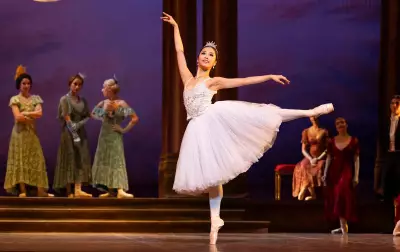
A fascinating new exhibition opening at the National Archives of Australia in Canberra reveals the extraordinary stories behind some of the nation's most ingenious creations and the brilliant minds that brought them to life.
From backyard ideas to global innovations
The exhibition titled In real life: inventors, innovators and opportunists showcases intellectual property records from the archives' extensive collection, bringing to life the patents, designs and trademarks that shaped Australian industry and daily life. Exhibition co-curator Lucie Shawcross explained that the challenge was transforming two-dimensional documents into engaging displays that would capture visitors' imaginations.
"Most of the items in our records are two-dimensional, they're written documentation, so how do we make them exciting and relevant to visitors?" Ms Shawcross said.
The solution involved tracking down the actual objects referenced in the historical records, allowing visitors to see the real-life manifestations of these innovative ideas.
Household names and hidden histories
The exhibition features both internationally recognised brands and little-known Australian success stories. Visitors will discover familiar items like the Safe-n-Sound baby capsule and learn about the distinctive-sounding PB/5 pedestrian crossing button that became part of urban soundscapes across the country.
Many Australians might be surprised to learn that the dual-flush toilet was a local invention, among other innovations that have become part of everyday life. The exhibition also includes government-backed innovations, such as the insect repellent developed by Canberra CSIRO scientist Doug Waterhouse that eventually became Aeroguard.
International brands including Tupperware and Kellogg's also feature in the display, highlighting how they secured Australian patents to protect their products from being copied in the local market.
Triumphs and tragedies of Australian innovation
The exhibition doesn't shy away from the heartbreaking stories behind some inventions. One particularly moving example is Japanese-born pearl farmer Yasukichi Murakami, who designed a new type of diving suit while living in Broome and patented it in 1926.
Tragically, with the outbreak of World War II, Murakami was interned along with most of Australia's Japanese population. While he was detained, his patent expired and he was never able to commercialise his invention. French inventors later developed the 'aqua lung' that evolved into modern scuba diving equipment. Murakami died in an internment camp in Victoria in 1944.
The exhibition also celebrates dreamers like Myra Juliet Farrell, who described herself as an 'inventress' and submitted dozens of designs ranging from a step-in corset to a bulletproof fence, though she never successfully commercialised her creations.
Celebrating living inventors
The exhibition opens to the public on Friday, November 21 following a gala opening on Thursday night that will see several inventors in attendance. Among the special guests will be Dr Fiona Wood, who developed revolutionary spray-on skin technology, and Warren Berkery, who led the team that created cricket's innovative 'stump-cam'.
Visitors will learn about the Sydney women who designed a bulletproof fence, the Queensland man who invented a pineapple cutting tool after watching his wife struggle with the spiky fruit, and the Aboriginal preacher featured on the $50 note who invented a tool that revolutionised sheep shearing.
The exhibition runs daily until May 17 at the National Archives of Australia in Canberra, with free admission for all visitors.





